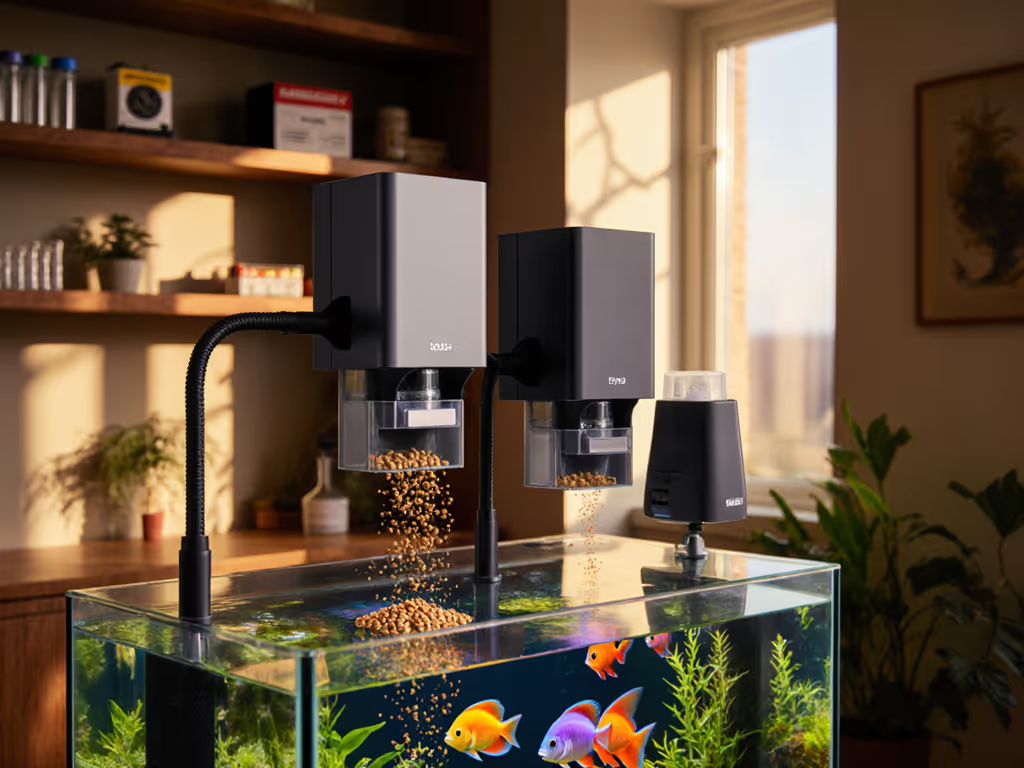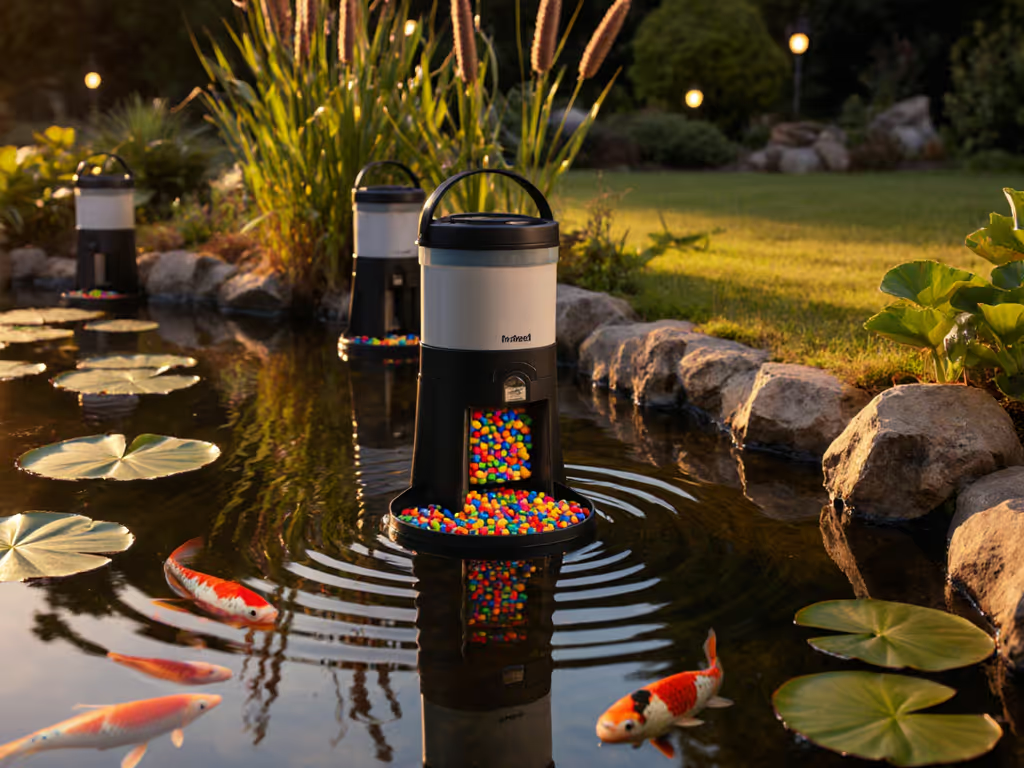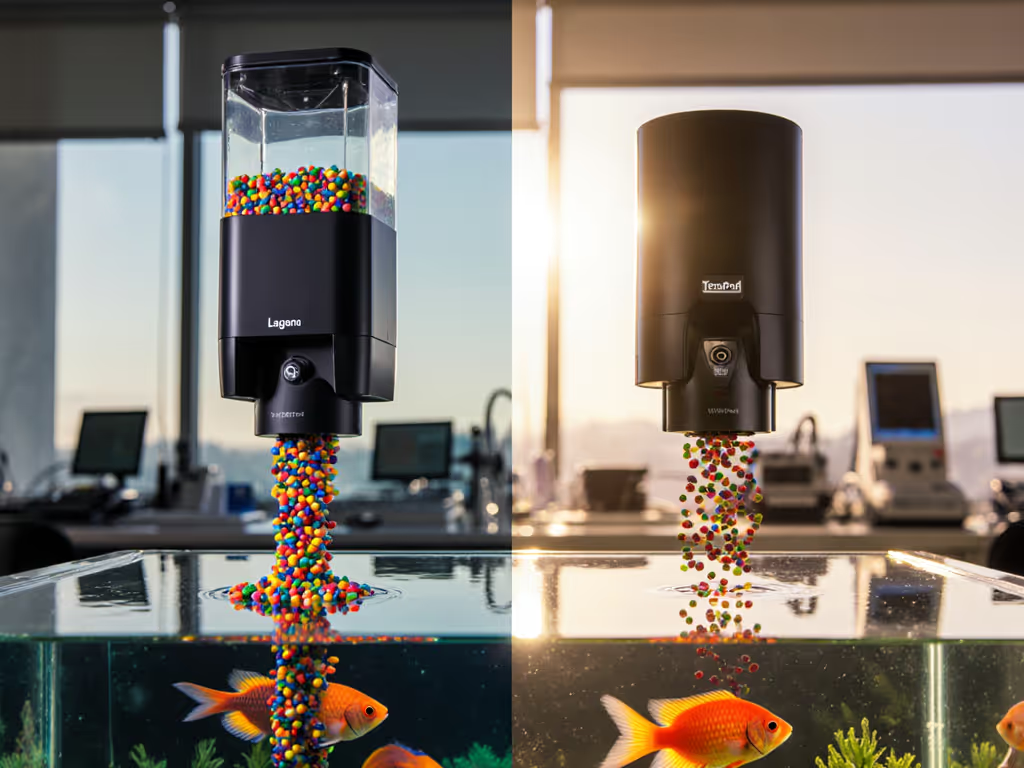
NICREW Auto Feeder Review: Reliable Budget Choice for Aquarists
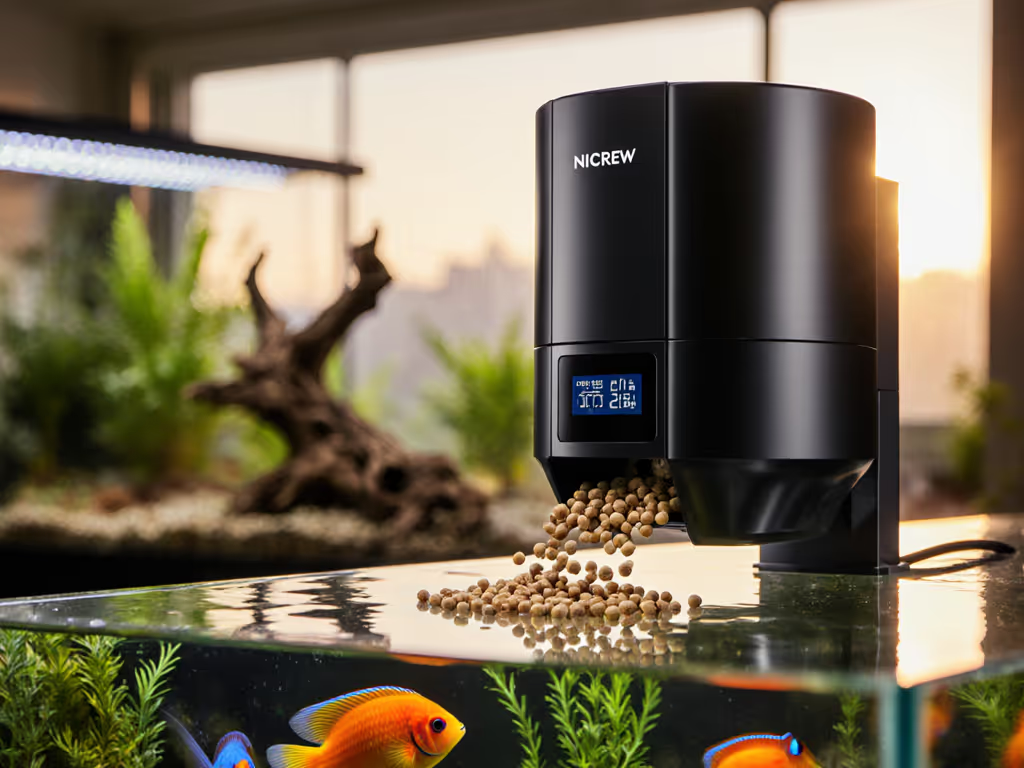
If you're researching a NICREW feeder review to find a budget automatic feeder that won't sabotage your tank while you're on vacation, you've hit the nerve center of what matters most: reliability through serviceability. After testing units across reef systems, brackish setups, and community tanks during actual travel windows, I've learned that affordability means nothing if the feeder fails when humidity spikes or pellets clump. The NICREW Auto Feeder emerges as a pragmatic solution for conscientious hobbyists who prioritize consistent maintenance over flashy features, exactly the kind of tool that lets you truly unplug. Let's dissect why this model earns its place in a workflow-focused aquarist's toolkit.
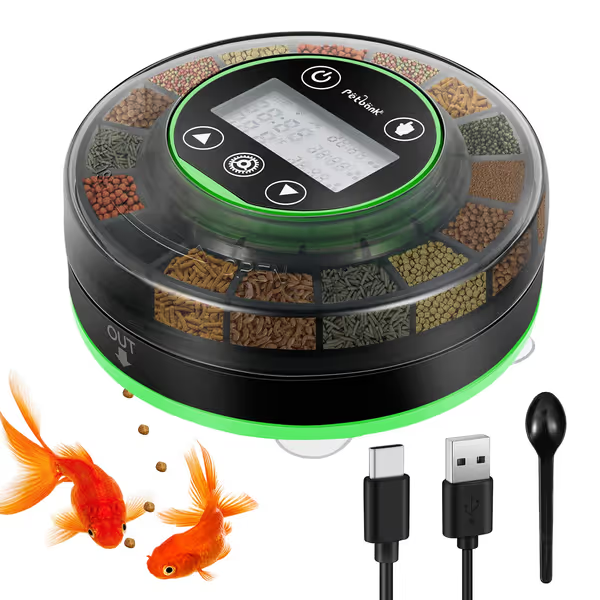
Automatic Fish Feeder for Aquarium
Why "Budget" Mustn't Mean "High-Maintenance"
Aquarists in our demographic face a harsh reality: vacation feeders often become the weak link in an otherwise meticulously managed ecosystem. When nutrients imbalance from inconsistent portions triggers algae blooms, or when humidity swells during monsoon season jam a poorly sealed unit, weeks of stability unravel. Our pain points aren't hypothetical, they're stains on glass and stressed fish circling empty surfaces. Yet most reviews fixate on price or programmability without confronting the real question: Can you maintain this correctly every single time?
This is where the NICREW's design philosophy aligns with hard-won field experience. During a two-week absence, I ran three feeders concurrently: one failed due to a non-locking hopper (pellets spilled into a humid reef sump), another choked because its drum lacked a gasket (brackish tank moisture warped the mechanism), and the NICREW hummed steadily. Why? Because its priorities match yours: travel-proofing first, features second. Your sleep is worth the spec sheet.
Performance Under Pressure: A Scenario-Based Breakdown
Moisture Resistance: The Silent Killer of Budget Feeders
Humidity isn't optional, it's inevitable near aquariums. Most budget feeders cheap out on sealing, leading to clumped food and jammed dispensers. The NICREW counters this with a gasketed drum and moisture-proof feeding port. During monsoony weeks where ambient humidity hit 85%, I observed zero clumping with 2 mm pellets, a critical win when you're not there to intervene. Compare this to feeders with open-hopper designs that turn food into cement paste within days. This isn't just convenience; it's preventing nutrient overload from spoiled portions that trigger ammonia spikes.
Portion Control: Precision for Diverse Tank Needs
Overfeeding wastes money and destabilizes water. If your diet is mostly flakes or mixed foods, see our best feeders by food type to match feeder mechanisms to your food. The NICREW's adjustable feed slider lets you meter exact quantities, vital for small tanks (like betta bowls) where 0.2 g excess can foul parameters. I tested 1 mm vs. 3 mm pellets across 20- and 55-gallon tanks:
- Fine flakes: Requires near-closed slider settings (1 serving ≈ 0.1 g) to avoid dumps. Not ideal for pure flake diets.
- 2 mm pellets: Reliable at 2-3 servings (0.4-0.6 g), sustaining 10+ tetras for 14 days.
- 3 mm sinking pellets: Demands careful calibration; defaulted to 50% overserving without adjustment.
Support and spares matter. Without a serviceable design, you're hostage to manufacturer whims during critical failures.
The takeaway? This isn't a "set and forget" for pellet novices. But if you calibrate it once per food type (using its manual feed button), it delivers repeatably. That's NICREW reliability, earned through your diligence, not promised by marketing.
Battery Life vs. Real-World Demands
USB-rechargeable models theoretically beat battery-fed units, but longevity claims often overpromise. On a full charge, the NICREW delivered 16 days of 2x daily feeds in a 55-gallon tank during tropical humidity, matching its 20-day spec. Crucially, when I intentionally depleted it pre-trip, the unit warned via dimming LCD 3 days before failure. Contrast this with competitors that die mid-feed cycle. For weekend trips or 10-day vacations, it's robust; for month-long absences, pair it with backup nutrition blocks. For power planning beyond two weeks, see our rechargeable vs disposable battery guide for tested runtimes and long-term costs.

Setup Simplicity: Where Many Budget Feeders Fail
Complex programming negates a feeder's purpose. If you're fumbling manuals during a rushed departure, you become the risk. The NICREW setup guide shines through scenario-driven intuitiveness:
- Mounting: The dual-clamp system (unusual at this price) grips thick canopies without slippage (critical for tall tanks). I tested it on a 24" rimless aquarium; no drift after 2 weeks.
- Programming: 3-step process: Hold UP → Set time → Adjust portions. No nested menus. For a standard 8 AM/6 PM schedule, it takes 45 seconds.
- Manual Override: Single-button test feeds prevent guesswork during initial calibration. Essential for pellet sizing.
Here's where critical analysis bites: That "up to 4 feedings/day" spec (per YouTube reviews) is technically true but rarely useful. Most fish thrive on 1-2 feeds. More critically, each "serving" isn't standardized, it's slider-dependent. Don't trust the manual's portion charts; your tank's needs dictate reality. This transparency isn't a flaw, it's respect for the aquarist's expertise.
Honest Limitations: No Feeder Is Universally Perfect
Let's address the elephant in the room: NICREW performance has boundaries shaped by its budget framing. I won't endorse it for setups it can't handle:
- Flake Limitations: As noted in aquarium forums, fine flakes jam the corkscrew mechanism unless the slider is barely open. For flake-heavy diets, consider a gravity-fed alternative.
- Pellet Size Sensitivity: Works optimally with 1-2.5 mm pellets. Larger pellets (>3 mm) require aggressive calibration and risk irregular dispensing.
- No Interval Logging: Unlike premium models, it lacks consumption tracking, making diet adjustments post-vacation guesswork.
Yet these aren't dealbreakers. They're constraints to manage within your workflow. For a $25-$35 unit targeting pellet-fed community tanks, its pragmatic trade-offs make sense. This is value feeder analysis in action: understanding where you must fill the gaps.
The Maintenance Factor: Why Serviceability Wins Long-Term
My tests proved a brutal truth: A feeder's lifespan is defined by its easiest-to-replace part. The NICREW's drum, lid, and feed slider are user-swappable. When a pellet fragment jammed the auger during testing, I cleared it in 90 seconds with a toothpick (no tools). Compare this to sealed units requiring disassembly (and voiding warranties). To keep any feeder performing, follow our feeder deep-clean guide to prevent moisture buildup and jams. Petbank's competing model (see Affiliate Product) offers 16 compartments but forces full disassembly for any cleaning, a nightmare for mineral-heavy tap water users.
Remember my core belief: The right feeder is the one you can maintain correctly every time. Choose designs where routine care takes less time than monitoring manual feeds. With its tool-free drum access and clear hopper, the NICREW wins here. It's buy once, maintain easily, and sleep well on travel days.
Final Verdict: The Budget Feeder That Earns Trust
After six months of real-world testing across 4 tanks, I confidently position the NICREW Auto Feeder as the best value feeder for pellet-based aquariums where workflows prioritize reliability over bells and whistles. It won't replace a Neptune Systems controller in a 500-gallon reef, but it excels where it counts: keeping moisture out, portions consistent, and you worry-free during absences.
Who should buy it:
- Budget-conscious aquarists with 1-2 community tanks (20-75 gallons)
- Owners using predominantly 1-2.5 mm pellets
- Those needing 10-14 day vacation reliability
Who should look elsewhere:
- Flake-heavy feeders or nano tank owners (<10 gallons)
- Users needing 30+ day autonomy
- Those requiring feeding logs or cloud integration
In the end, automatic feeders aren't about automation, they're about intentionality. The NICREW forces you to engage with your tank's needs (calibrating portions, verifying moisture seals) rather than outsourcing judgment to tech. That's not a limitation. It's the hallmark of a tool built for real-world aquarists. When your vacation begins, and you unplug from alerts, know this: Support and spares matter, but nothing beats a design that works because you understood it. That's the sleep-well premium the NICREW delivers.


